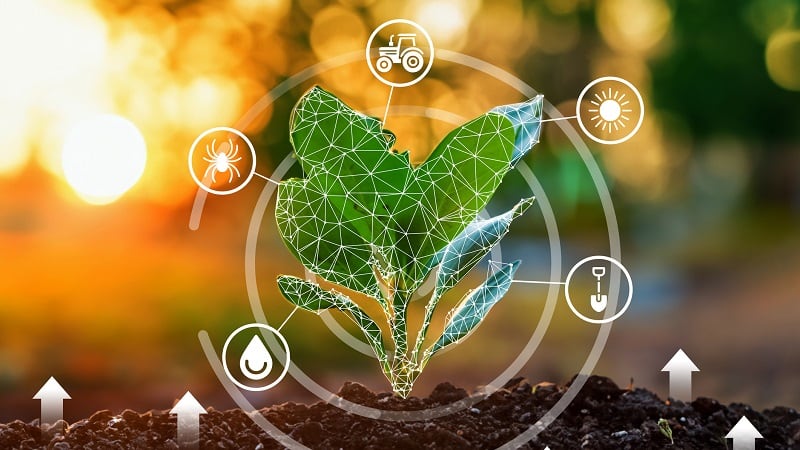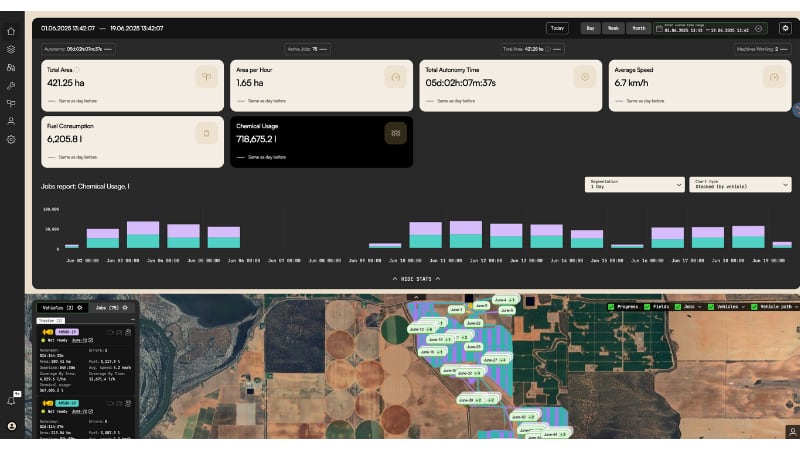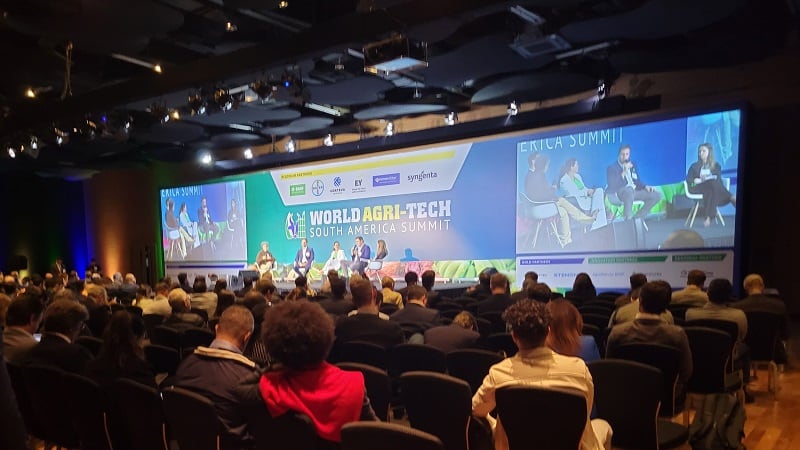AI’s ability to analyze data and provide actionable insight is already changing the face of agriculture, creating efficiencies that are driving meaningful impacts on the farm, as a panel of industry experts shared at the 2025 World Agri-Tech South America Summit in São Paulo last month.
For several years now, multinational chemical company BASF has been using AI to bring agriculture to “the next level,” leveraging the technology to support its marketing activities while releasing software to assist growers, explained Almir Araujo Silva, director of digital, new business model, and commercial excellence for LatAm at BASF.
“I think that the ag input industry is now understanding the impact of artificial intelligence and how this will change and reshape the agri-chain. ... I see AI being applied in different areas from R&D, market research, marketing to generate personalized offers, also to better support or attend customers — and for sure — to create new revenue streams or new value streams with customers,” he elaborated.
In 2018, BASF acquired digital farming tool Xarvio from Bayer, “which helps farmers efficiently use inputs” as well as track weed management, Araujo explained. Throughout the years, BASF expanded Xarvio capabilities, including by adding field-specific insight and advice to improve yields for fruit and vegetable farms in France, Italy, Spain, and Turkey, the company shared in a press release this year.
Users of BASF’s AI technologies are already seeing benefits, including an 80-90% increase in resource optimization and a 2-5% increase in yields, Araujo noted.
Reducing crop inputs with AI
Digital agriculture company Solinftec is also leveraging AI, coupled with robotics, to reduce fertilizer usage, which is producing “higher yields for the farmer because it is protecting soil with less aggressive modes of operating the farm,” Laís Braido, CFO at Solinftec, explained.
Solinftec is primarily focusing on precision agriculture for applying herbicides, but with its technology the company can also provide insight into soil and plant health and weed infestations, she explained.
“We will be able to talk about phenotyping in large scale, applying biologicals with much more stability in the fields. So, we see a lot of opportunities that will be open by changing the concept of how we manage tools in the field and truly being part of that live environment,” Braido added.
AI technologies are now readily available for growers, but the challenge is getting the technology into farmers’ hands, Anderson Rocha, full professor and researcher at the University of Campinas, pointed out.
“The next step now is to spread the word [and] show the producers — show the farmers that this is here. This is here to stay. This can help them not only reduce costs but produce much more food, which is the real challenge of the 21st century. We need food. We are approaching 9 billion people on Earth. How can we feed all of these people? We need technology,” Rocha elaborated.





